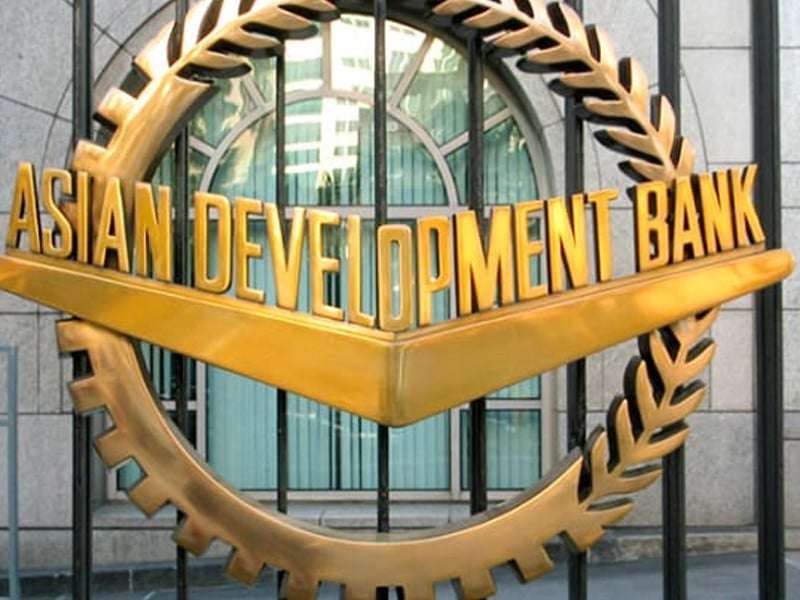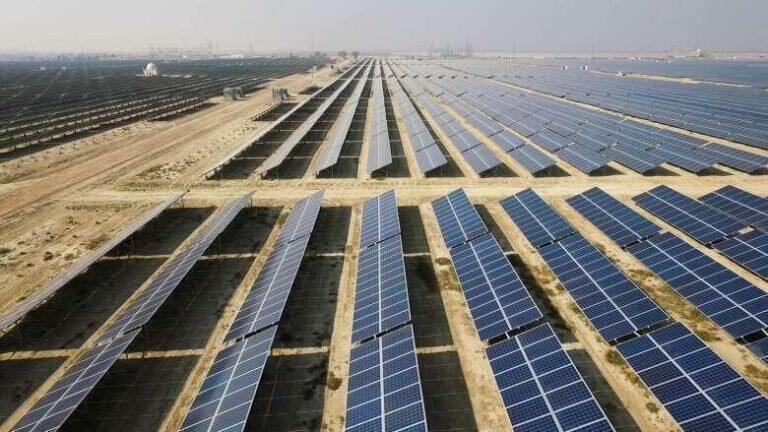
|
Getting your Trinity Audio player ready...
|
On Wednesday, the Asian Development Bank (ADB) revised Pakistan’s economic growth forecast upward to 3% for the fiscal year 2024-25. The update, driven by a recovery in industrial activities and easing import restrictions, signals positive momentum for the country’s economic outlook. At the same time, ADB lowered its inflation projection for Pakistan to 10%, citing easing inflationary pressures, improved food supplies, and more favorable global commodity prices.
This revision comes amidst continued challenges, as Pakistan struggles to meet its macroeconomic targets, and its agriculture sector faces setbacks. The ADB’s Asian Development Outlook report paints a mixed picture, highlighting some signs of improvement while cautioning about underlying weaknesses.
The State of Pakistan’s Economy: Growth and Inflation
Rising Growth Forecast Amid Economic Challenges
In its updated outlook, the ADB increased Pakistan’s growth forecast for fiscal year 2024-25 to 3%, a notable improvement from its previous estimate of 2.8%. However, this growth rate still falls short of the government’s target of 3.6%. The revision comes as a result of a rebound in industrial activities due to relaxed import restrictions and improved access to foreign exchange, which has given a boost to investor confidence. Furthermore, the ADB anticipates that a more accommodative monetary policy, supported by lower inflation rates, will encourage increased private investment.
While the industrial sector shows promising growth, the agriculture sector presents a significant challenge. Pakistan’s agriculture output is expected to be weak, primarily due to the poor performance of key crops such as wheat and cotton, compounded by the effects of adverse weather conditions during the 2024 monsoon season.
Lower Inflation Projection: A Positive Development
Alongside the growth forecast, the ADB has lowered its inflation projection for Pakistan to 10% from a previously higher estimate of 15%. The revision comes as Pakistan experienced a reduction in consumer price index (CPI) inflation, which decreased to a six-year low of 4.9% in November 2024. The lower inflation rate is attributed to several factors, including high base effects, the dampening of demand-side pressures, better food supply, and more favorable global commodity prices.
The easing inflationary pressures have allowed the ADB to adjust its projections, signaling that Pakistan may be able to navigate some of its fiscal challenges. However, the ADB’s outlook remains cautious, with many hurdles still to overcome for Pakistan to meet its macroeconomic targets.
Sectoral Performance: Agriculture and Industry
Agriculture Sector Struggles with Adverse Weather Conditions
The ADB report also highlights that the agriculture sector will likely face challenges, particularly due to the impact of heavy monsoon rains that caused widespread floods in parts of the country. Wheat and cotton, two of Pakistan’s primary cash crops, are expected to perform poorly this fiscal year. This shortfall in crop production will likely undermine Pakistan’s agricultural output and put additional strain on the country’s economy.
The agricultural setback is particularly concerning because the sector is a key driver of rural employment and income generation. As such, the sector’s struggles could exacerbate poverty levels and have a broader negative impact on food security and livelihoods.
Industrial Recovery and Positive Outlook for Manufacturing
On a more optimistic note, the industrial sector in Pakistan has started to show signs of recovery. The easing of import restrictions has allowed industries to ramp up production, and improved access to foreign exchange has facilitated the import of raw materials and other essential inputs. These factors have contributed to a rebound in industrial activities, providing a boost to overall economic growth.
The ADB anticipates that industrial output will accelerate further, particularly as the government takes steps to improve the ease of doing business and boost investor confidence. The positive outlook for the manufacturing sector reflects the potential for economic recovery, provided that key structural issues are addressed.
Macroeconomic Challenges: Government Targets and IMF Program
Despite the improvements noted in industrial activity and inflation, Pakistan continues to face significant macroeconomic challenges. The government’s growth target of 3.6% for the fiscal year 2024-25 remains elusive, with the revised forecast falling short of this target. The ADB notes that achieving major macroeconomic goals, including fiscal consolidation, trade balance improvements, and poverty alleviation, remains difficult for the government.
However, the approval of the new International Monetary Fund (IMF) program in September 2024 is expected to provide some relief. The IMF program is designed to help Pakistan stabilize its economy, implement necessary reforms, and achieve greater macroeconomic stability. The ADB points to this development as a positive factor that will support Pakistan’s recovery in the coming years.
ADB’s Loans for Pakistan: Social Protection and Power Distribution
Approval of $530 Million in Loans
In addition to the revised growth forecast, the ADB also announced the approval of two new loans for Pakistan totaling $530 million. These loans aim to provide much-needed financial support for social protection programs and improvements in the power distribution network.
- Benazir Income Support Program (BISP): A $330 million loan will strengthen Pakistan’s social protection systems by providing cash handouts to vulnerable beneficiaries under the BISP. This funding will also enable the program to enhance its institutional capacity and better target disaster-prone areas, with an emphasis on education and healthcare for poor families, particularly women and children.
- Power Distribution Infrastructure: A separate $200 million loan will focus on modernizing Pakistan’s power distribution infrastructure. The Power Distribution Strengthening Project will help address the country’s growing electricity demand by upgrading and modernizing systems. This includes the installation of advanced metering systems, data management systems, and real-time monitoring tools to improve efficiency, reduce losses, and enhance revenue collection.
Impact of Loan Approvals on Pakistan’s Economic Stability
The new loans are expected to have a positive impact on Pakistan’s economic stability. The BISP funding will bolster the social safety net, ensuring that vulnerable populations receive the financial support they need. Meanwhile, the power distribution upgrades will help modernize the energy sector, which has been plagued by inefficiencies and losses. By improving the electricity distribution system, Pakistan can better meet growing demand and reduce the strain on its energy sector.
Global and Regional Outlook: Risks and Opportunities
Regional Economic Growth in Asia and the Pacific
The ADB’s report also provides insights into the broader economic outlook for the Asia and Pacific region. The ADB forecasts steady growth for the region over the next two years, despite challenges posed by global uncertainties. One of the main risks identified is the potential impact of policy changes under the incoming U.S. administration, led by President-elect Donald Trump. The report suggests that shifts in U.S. trade, fiscal, and immigration policies could affect long-term growth prospects for the Asia-Pacific region, especially if these changes lead to increased inflation or disrupt trade flows.
However, the effects of these changes are expected to be gradual and may not be felt immediately. The ADB anticipates that any impacts on the region will materialize around 2026, unless U.S. policies are implemented more rapidly than expected.
India’s Growth Forecast Reduced
In a related development, the ADB revised India’s growth forecast downward from 7.2% to 7%, citing weaker performance in the manufacturing sector and slower government spending. While India’s economy continues to grow, the ADB has highlighted concerns about the pace of recovery in some key sectors.
Conclusion: Mixed Prospects for Pakistan’s Economy
While Pakistan’s economic outlook shows signs of improvement with the revised growth forecast and lower inflation projections, the country still faces significant challenges. The agriculture sector remains weak, and the government continues to grapple with key macroeconomic targets. However, the new IMF program and ADB loans provide a hopeful outlook for the future.
FAQs
- What is Pakistan’s revised growth forecast for 2024-25?
- The Asian Development Bank (ADB) has raised Pakistan’s growth forecast to 3% for the fiscal year 2024-25, up from the previous estimate of 2.8%.
- Why has the ADB lowered Pakistan’s inflation forecast?
- The ADB lowered Pakistan’s inflation forecast to 10% due to easing inflationary pressures, lower food prices, and favorable global commodity prices.
- What impact have the monsoon floods had on Pakistan’s agriculture?
- The heavy monsoon rains and subsequent flooding have affected crop yields, particularly wheat and cotton, which are expected to perform poorly this year.
- What are the new ADB loans for Pakistan?
- The ADB has approved two loans for Pakistan: $330 million to strengthen social protection programs, and $200 million for modernizing power distribution infrastructure.
- How will the new IMF program help Pakistan’s economy?
- The new IMF program is expected to stabilize Pakistan’s economy by providing financial support, facilitating structural reforms, and enhancing macroeconomic stability.
MUST READ
https://skipper.pk/2024/12/12/gold-prices-soar-local-international-markets/





